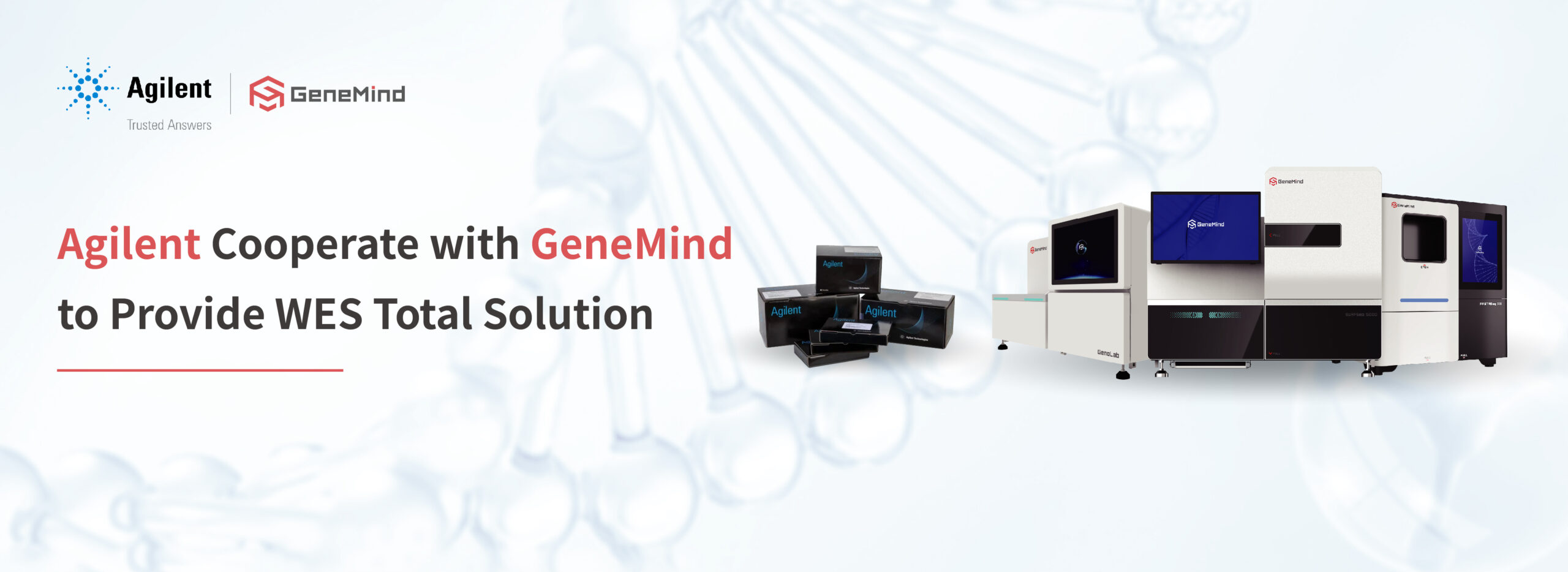Precision medicine is a personalized healthcare approach that uses genetic, environmental, and lifestyle factors for patient treatment. Crucially, targeted sequencing is key in this paradigm to identify specific genetic mutations and molecular biomarkers. The technique expedites the development of targeted therapies and confirms more effective and individualized treatments. Thus, it modernizes patient care and outcomes in conditions like cancer and rare genetic disorders.

Understanding Targeted Sequencing in Precision Medicine
Targeted sequencing in precision medicine alludes to the precise analysis of specific genomic regions of diseases or treatment responses. Comparatively, targeted sequencing is unique in precision medicine. Unlike whole-genome or whole-exome sequencing, it concentrates on a subset of genes or regions for deeper, more accurate analysis at a reduced cost and time.
Although whole-genome sequencing provides a wide-ranging indication, it might comprise enormous amounts of data with ambiguous clinical significance. On the other hand, targeted sequencing focuses on clinically relevant regions for more actionable insights.
For instance, in cancer treatment, targeted sequencing can identify mutations in explicit oncogenes like BRCA1/2 for breast cancer, guiding personalized therapy choices. In pharmacogenomics, targeted sequencing of genes like CYP2C19 can predict individual responses to medications such as clopidogrel. Accordingly, it augments treatment efficacy and moderates adverse effects.
Applications of Targeted Sequencing in Precision Medicine

The following are the applications of targeted sequencing in the context of precision medicine.
(1) Diagnosing and Treating Genetic Diseases
Since targeted sequencing is where specific genome regions are selectively sequenced, it has altered the diagnosis and treatment of genetic diseases. While focusing on genes of certain conditions, the method provides accurate results. For example, in cystic fibrosis, targeted sequencing can identify specific mutations in the CFTR gene for bespoke treatment plans. Sequencing the HBB gene in sickle cell anemia identifies the exact type of mutation to guide therapeutic strategies.
(2) Personalized Cancer Treatment and Drug Development
In oncology, targeted sequencing finds mutations in cancer cells absent in normal cells. It develops modified cancer treatments. For instance, identifying mutations in the BRCA1 and BRCA2 genes in breast cancer can promote PARP inhibitors, which are more effective in cancers with these mutations. Also, targeted sequencing matures new drugs while revealing the molecular pathways disrupted by specific mutations. It guides pharmaceutical research toward targeted therapies.
(3) Precision Medicine in Rare Genetic Disorders
Targeted sequencing helps study and treat rare genetic disorders. While focusing on specific genes or gene panels of a rare condition, clinicians can realize a more accurate diagnosis when traditional diagnostic methods fall short. For example, in diseases like Duchenne Muscular Dystrophy, sequencing the DMD gene provides insights into the type of mutation, which informs treatment and management tactics. This targeted approach boosts comprehension of these rare conditions and, thus, paves the way for developing specific therapies for better patient outcomes.
GeneMind’s Targeted Sequencing Solutions
As a company dedicated to building a precision medicine ecosystem that serves healthcare, in this section, we are proud to announce the following two products of our GeneMind.
· FASTASeq 300 High-throughput Sequencing Platform

The FASTASeq 300 High-throughput Sequencing Platform is planned for desktop use and shines in targeted sequencing and whole-genome low-pass sequencing. Innovatively, it integrates advancements in sequencing chemistry and high-density flow cell design. It supports two types of flow cells and multiple read lengths, with multi-time output capability. Libraries can be loaded automatically or manually onto each flow cell lane. Significantly, it offers rapid sequencing options like mNGS (SE50 in 4.5 hours) and targeted sequencing (PE75 in 11.5 hours, PE150 in 19.5 hours). Its user-friendly features also boost this platform’s usefulness, including pre-configured cartridges and RFID reader module support.
· SURFSeq 5000 High-throughput Sequencing Platform

The SURFSeq 5000 High-throughput Sequencing Platform is a benchtop high-throughput sequencer adept in many sequencing types, including targeted sequencing. It claims a dual-flow cell system that supports five different modes per run and is compatible with most applications. It employs a reversible base termination and sequencing reaction system with a high-sensitivity fluorescence signal detection system for adjusted sequencing accuracy. The SURFSeq 5000 High-throughput Sequencing Platform is dominant for its ultra-high sequencing speed, with the FCM PE150 finishing a run within 24 hours. Its throughput and read lengths are assorted, including alternatives like PE150 with 300 cycles providing 150 Gb×2 data output in 24 hours.
Conclusion
Precision medicine renovates patient care with bespoke treatments based on genetic, environmental, and existence factors. Targeted sequencing is a keystone of this methodology. It focuses on definite genomic regions for profounder analysis. Meanwhile, with over 300 technical patents, GeneMind is among the companies that own core DNA sequencing technologies and autonomous products. Our strengths are groundbreaking sequencing platforms like the FASTASeq 300 High-throughput Sequencing Platform and SURFSeq 5000 High-throughput Sequencing Platform. These offer radical sequencing chemistry, high-density flow cell design, and accessible features like rapid sequencing preferences and RFID reader support. Further, the SURFSeq 5000 High-throughput Sequencing Platform stands out with its dual-flow cell sequencing system, high-sensitivity fluorescence detection, and throughput. It displays our promise of precision in genomic analysis.
Visit our GeneMind website and explore our Chinese gene sequencing solutions for research and healthcare institutions worldwide.




